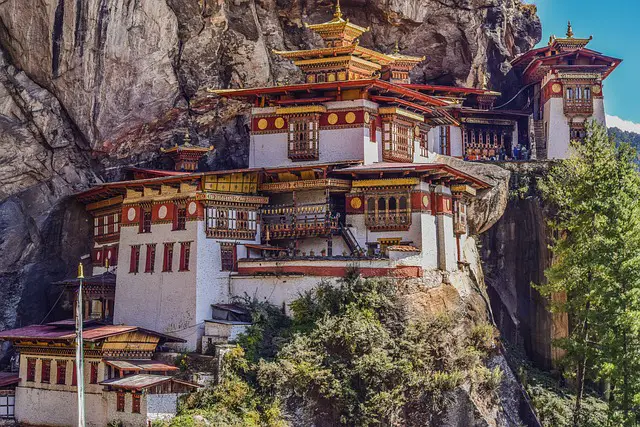💪 Support independent web, support us:
2. Punakha Dzong
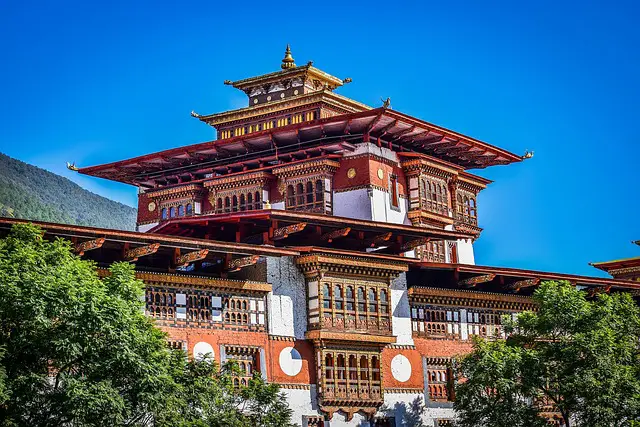
A fortress monastery and administrative center located in Punakha, Bhutan.
3. Buddha Dordenma
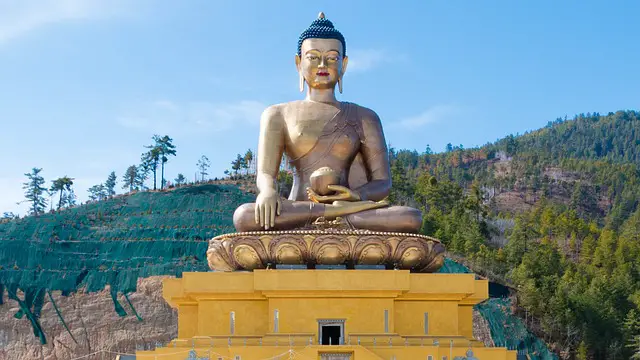
Admire the intricate carvings and murals on the walls surrounding the statue.
4. Chele La Pass
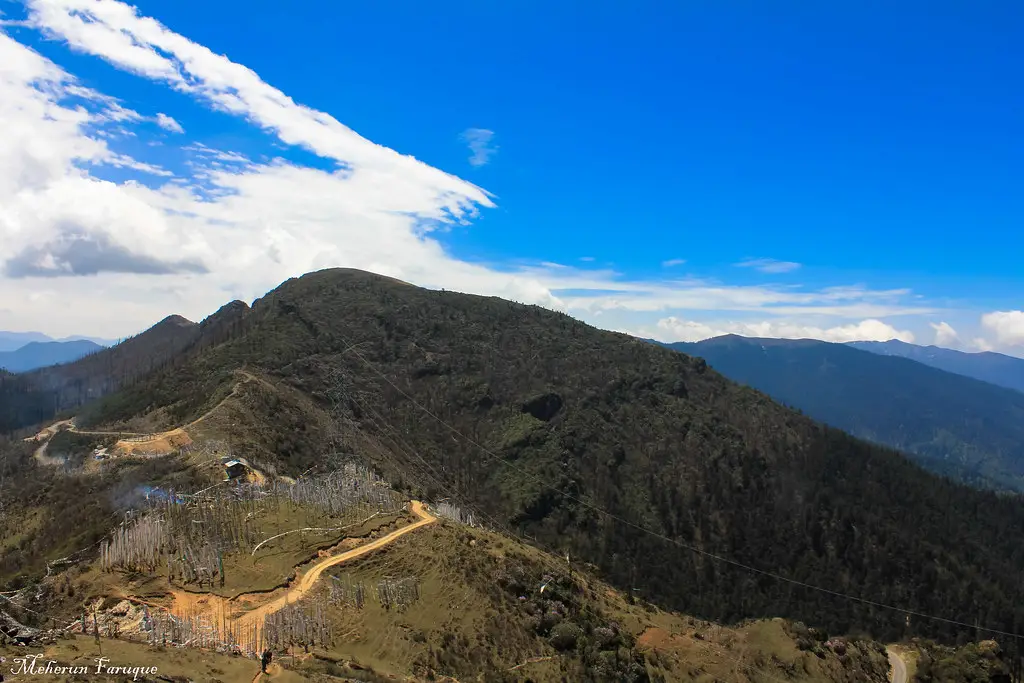
Chele La Pass is a high mountain pass located in Bhutan that connects Paro and Haa Valley.
What to see or do: The pass offers beautiful panoramic views of the Himalayan mountain range, valleys, and forests.
Visitors can stop at the prayer flags and chortens, which mark the entrance to the pass, and take in the stunning scenery.
Don’t miss: Don’t miss the opportunity to take a hike along the area’s trails for a closer look at the surrounding landscape. The area is home to rare flora and fauna, including the Himalayan black bear and red panda.
Insider travel tips: It’s best to visit Chele La Pass during spring and autumn when the weather is mild and the views are clear.
Visitors should bring warm clothes and sturdy shoes for hiking, and be prepared for altitude sickness. Road conditions can be challenging, so drivers should be experienced in mountain driving.
5. Gangtey Monastery
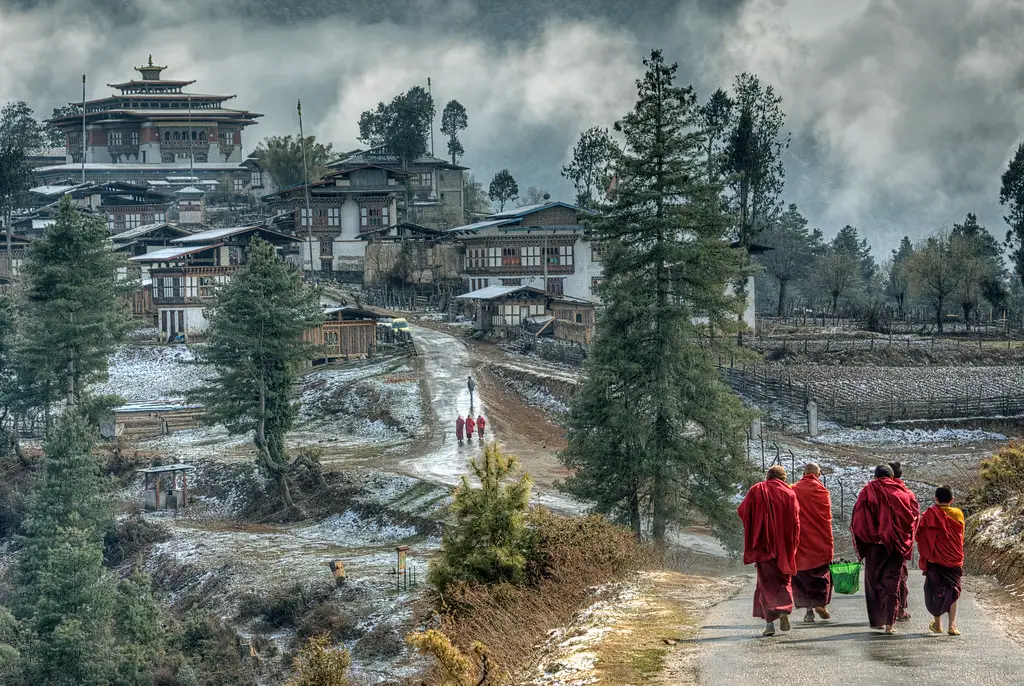
Gangtey Monastery, also known as Gangtey Gonpa, is an important Buddhist monastery located in the Phobjikha Valley of Bhutan.
What to see or do: The monastery is a beautiful complex of traditional Bhutanese architecture and provides visitors with stunning views of the surrounding valley.
Visitors can explore the monastery’s various prayer halls and shrines, admire the intricate murals and frescoes, and witness daily prayer ceremonies.
In addition, the Phobjikha Valley is home to several hiking trails, providing visitors with the opportunity to explore the beautiful Bhutanese landscapes.
Don’t miss: Don’t miss the opportunity to witness the highly revered annual Black-Necked Crane Festival, an important cultural event celebrated in the Phobjikha Valley during late October or early November.
The festival features traditional dances, music, and masks, as well as the opportunity to observe the migration of the endangered black-necked cranes.
Insider travel tips: – Visitors should dress modestly and remove their shoes before entering the monastery.
6. Dochula Pass
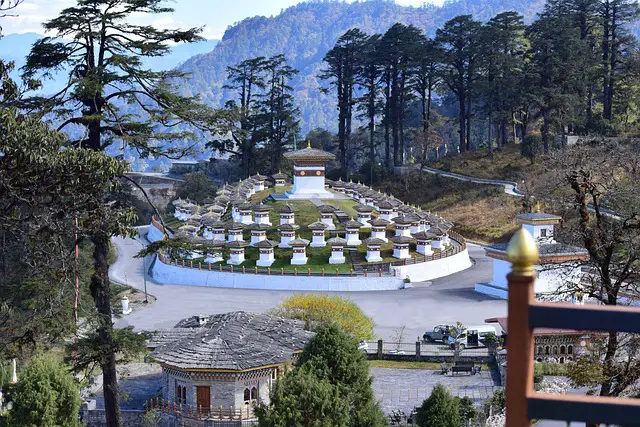
A mountain pass located at an altitude of 3,100 meters above sea level in Bhutan.
What to see or do: Enjoy stunning panoramic views of the Himalayan mountain range, covered in snow-capped peaks. Capture beautiful photographs of the colorful prayer flags fluttering in the wind.
Visit the 108 chortens or stupas, built in memory of Bhutanese soldiers who died in a 2003 military operation.
Don’t miss: Take a short hike to the nearby Lungchutse Lhakhang temple, surrounded by serene forests and gorgeous views of the valley.
Insider travel tips: Visit the pass early in the morning to witness the enchanting sunrise views over the Himalayas. Don’t forget to carry warm clothes and windproof jackets, as the weather can be unpredictable.
Stop by the cafeteria located at the pass and savor local Bhutanese delicacies like ema datshi and momos.
7. Jigme Dorji National Park
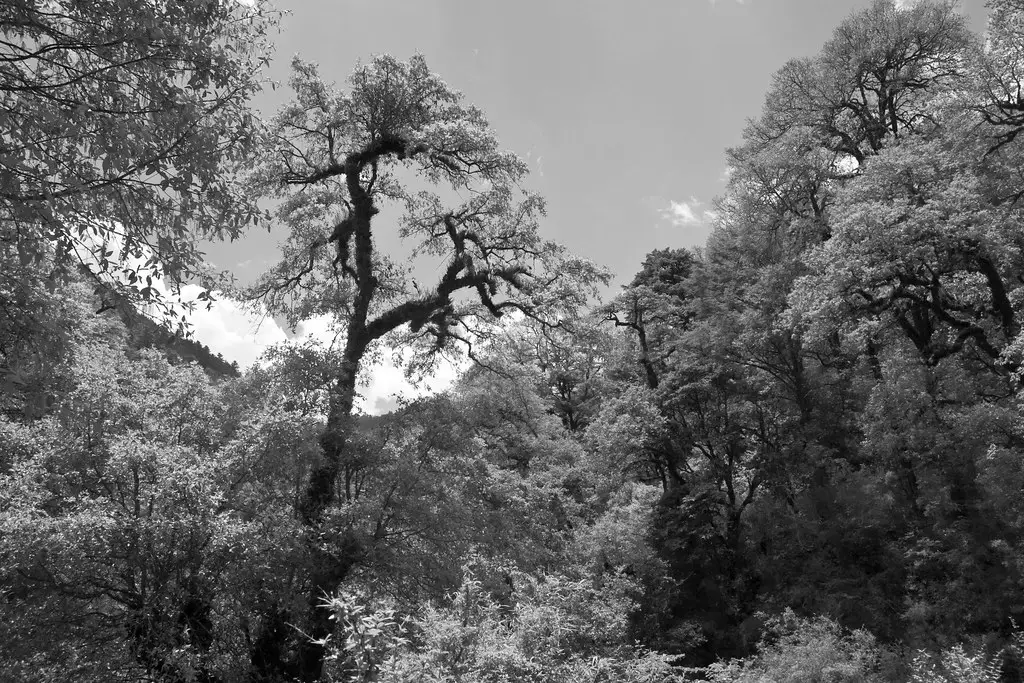
Jigme Dorji National Park is the second-largest national park in Bhutan, covering an area of 4,349 square kilometers.
What to see or do: The park boasts a diverse range of flora and fauna, including exotic species such as snow leopards, royal Bengal tigers, black musk deer, and Himalayan black bears.
Visitors can embark on wildlife safaris, trekking adventures or camping trips to witness the stunning natural beauty of the park.
Don’t miss: The pristine and untouched Phobjikha Valley is a must-see attraction. Visitors can witness the majestic black-necked crane, a rare and endangered species, which gathers here during the winter months.
Insider travel tips: It is advisable to visit the park between March and May or September and November when the weather is conducive for outdoor activities.
Visitors must obtain a permit from the Department of Forest and Park Services to enter the park. Hiring a local guide is highly recommended to ensure a safe and enjoyable experience.
8. National Memorial Chorten
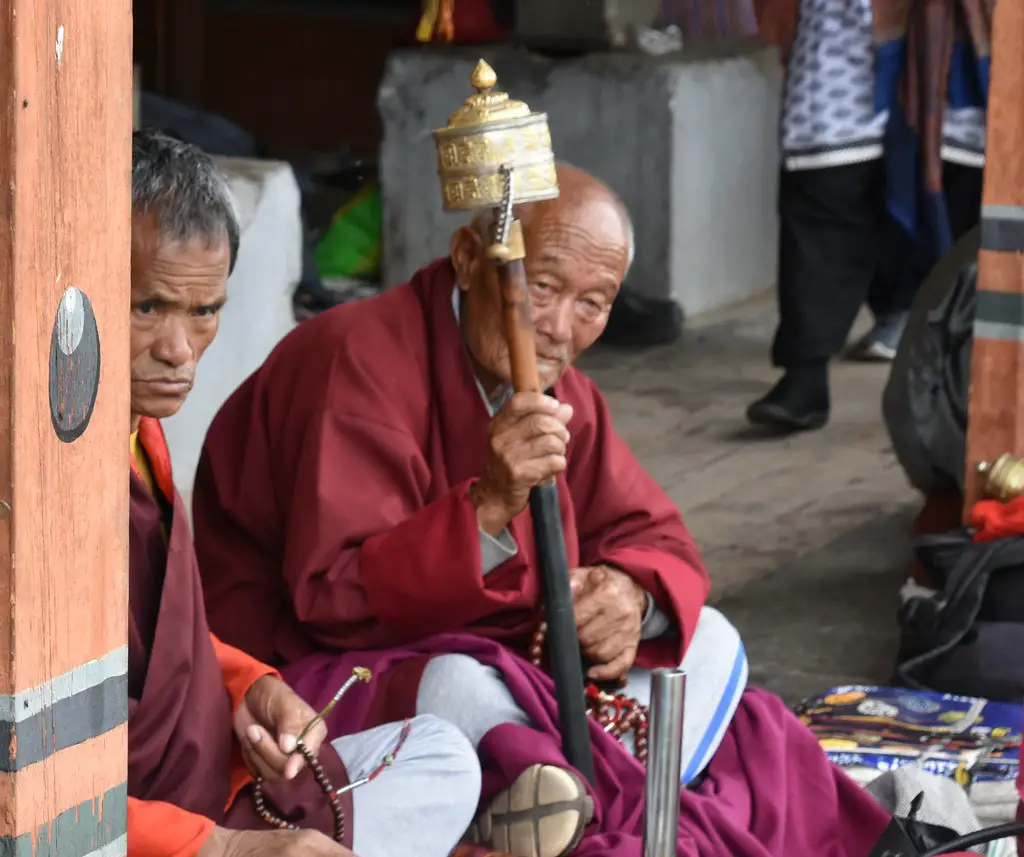
National Memorial Chorten is a stupa located in the heart of Thimphu, the capital of Bhutan.
What to see or do: Visitors can take a leisurely stroll around the complex and watch locals spinning prayer wheels and saying prayers.
The walls of the chorten are adorned with intricate paintings and carvings that depict the life and teachings of the Buddha.
Don’t miss: Don’t miss the daily prayer ceremonies held at the chorten, which are an integral part of Bhutanese culture. The chorten also serves as a popular gathering place for locals to catch up and socialize.
Insider travel tips: – Visitors are required to dress conservatively and remove their shoes before entering the chorten.
9. Wangdue Phodrang Dzong
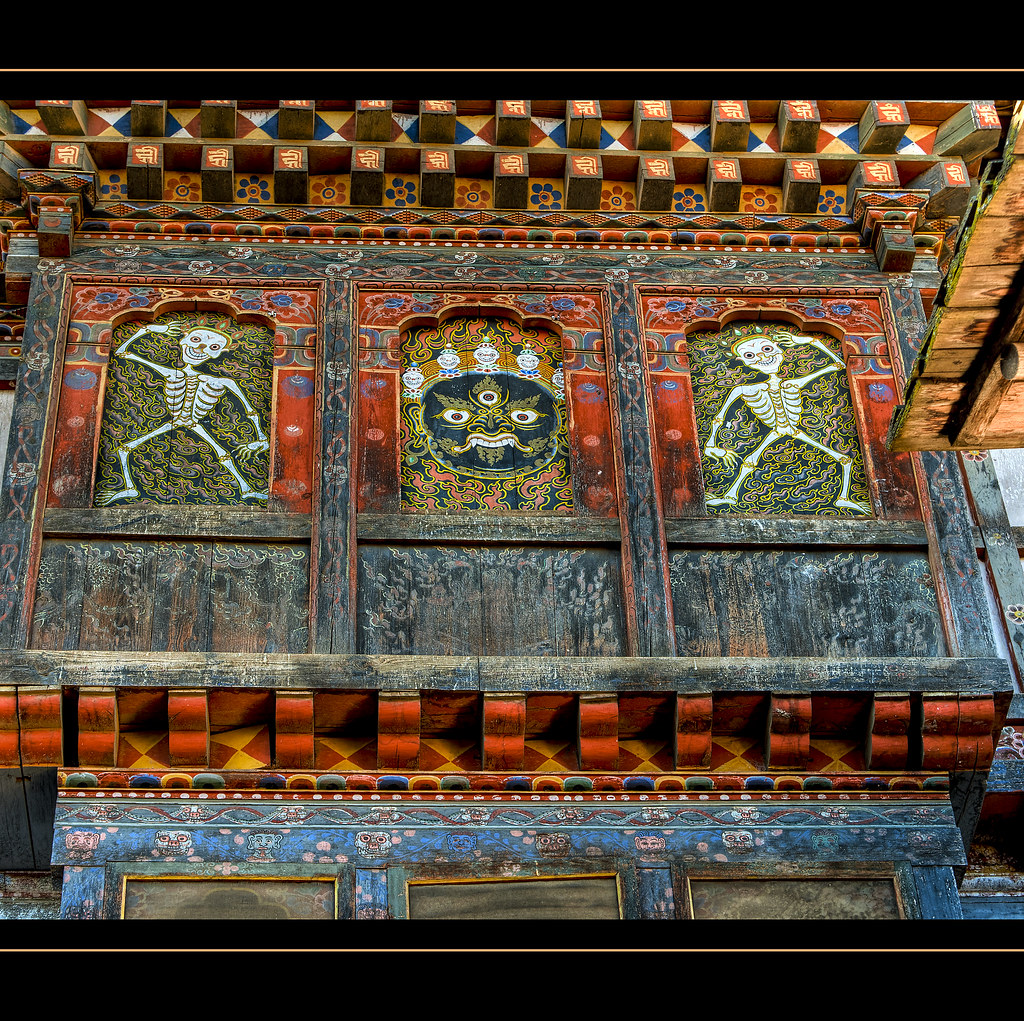
Wangdue Phodrang Dzong is a fortress-monastery and administrative center located in Wangdue Phodrang district of Bhutan.
What to see or do: The Dzong offers a glimpse into the traditional Bhutanese architecture, with its imposing walls, golden roofs, and intricate woodwork. Visitors can admire the ancient frescoes and murals depicting Buddhist deities and historical events.
The courtyard houses several temples and shrines, including the Machey Lhakhang, which holds the embalmed body of the renowned saint Lama Namgyal.
Don’t miss: The annual Wangdue Tshechu festival, held in the Dzong’s courtyard, is a major highlight. It features colorful masked dances, traditional music, and other cultural performances, attracting thousands of locals and visitors.
Insider travel tips: – The Dzong is susceptible to fires, as was evident in its recent renovation. So, it is advisable to inquire about its accessibility before planning a visit.
10. Rinpung Dzong
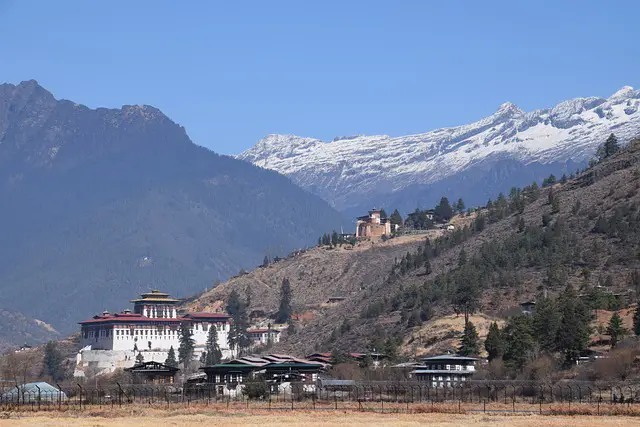
A stunning fortress-monastery located in Paro Valley, Bhutan.
What to see or do: Visit the Dzong’s temple, which features intricate wall paintings and a statue of Buddha. Marvel at the impressive architecture and beautiful courtyards.
The Dzong hosts an annual festival, the Paro Tsechu, featuring mask dances and traditional music.
Don’t miss: Crossing the traditional wooden bridge over the Paro Chhu river, leading to the Dzong. Climbing the steps to the top of the fort for panoramic views of Paro Valley.
Insider travel tips: Dress modestly, covering shoulders and knees when visiting the Dzong. Plan your trip to coincide with the Paro Tsechu festival if possible.
Avoid visiting during the monsoon season (June-September), as the weather can be unpredictable and the Dzong may be closed for maintenance.
11. Takin Preserve
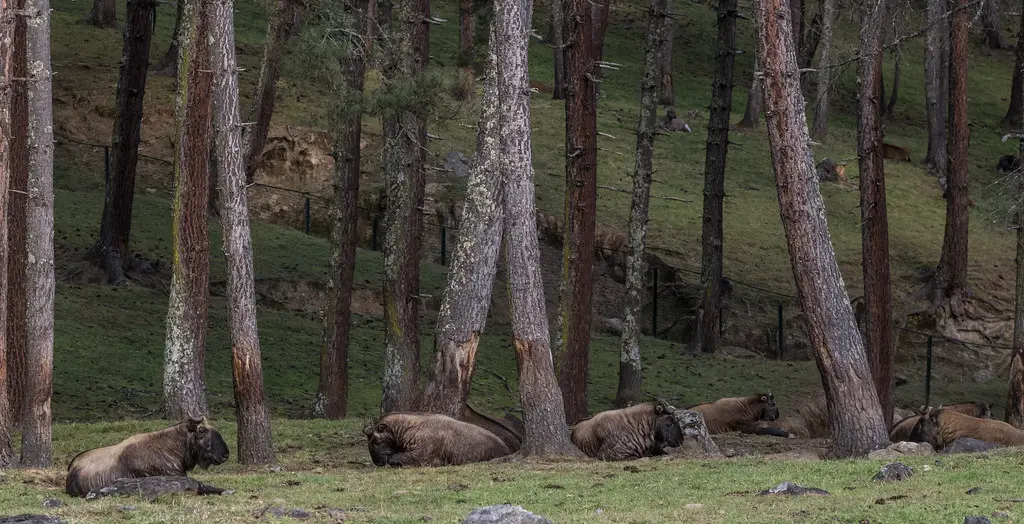
Takin Preserve is a wildlife sanctuary located in the beautiful hills of Bhutan.
What to see or do: At the Takin Preserve, you’ll get the opportunity to see takins, the national animal of Bhutan, roam freely in their natural habitat.
Besides the takins, you can also spot a variety of other animals, including barking deer, Himalayan serow, and sambar deer.
Don’t miss: The highlight of the preserve is the magnificent takins, and you definitely shouldn’t miss the sight of these unusual-looking animals with their large heads and short legs.
Insider travel tips: – The best time to visit the preserve is in the early morning when the animals are most active.
12. Trongsa Dzong
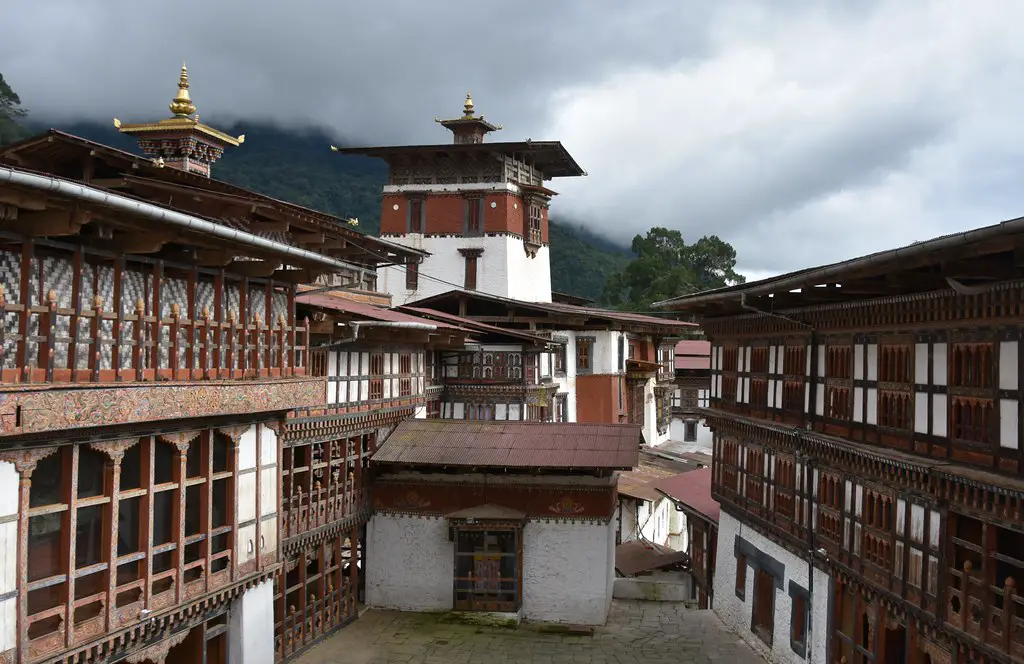
Trongsa Dzong is a massive fortress and monastery complex located in the heart of Trongsa district in central Bhutan.
What to see or do: Visitors can explore the various courtyards, temples, and administrative offices of the dzong, including the Tower of Trongsa, which offers stunning views of the surrounding valley.
The dzong also serves as a center of religious and cultural life in the region, with regular prayer ceremonies and festivals taking place throughout the year.
Don’t miss: Be sure to visit the Ta Dzong Museum, located within the dzong complex, which displays traditional Bhutanese artifacts, religious objects, and historical documents.
Also, don’t miss the annual Trongsa Tsechu festival, when the dzong is filled with colorful dance performances and other festivities.
Insider travel tips: Wear comfortable shoes and be prepared to climb up steep staircases and narrow passageways to reach the various parts of the dzong.
Also, try to visit early in the morning or late in the afternoon to avoid the crowds of visitors that tend to arrive midday.
Finally, if you have the opportunity, try to attend one of the regular prayer ceremonies held within the dzong to experience the spiritual significance of this important Bhutanese landmark.
13. Chimi Lhakhang Monastery
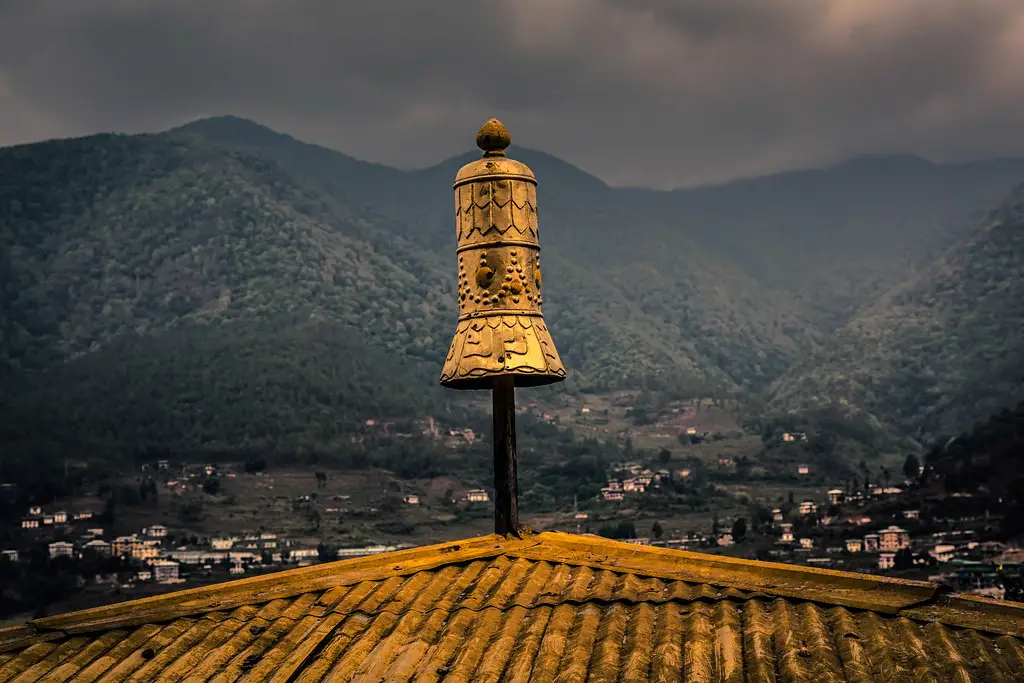
Chimi Lhakhang Monastery is a Buddhist temple located in the Punakha district of Bhutan. It is famous for its fertility blessings and is also known as the Temple of Fertility.
What to see or do: Visitors can see beautiful Bhutanese architecture, colorful paintings, and intricate carvings at the temple.
They can also participate in a fertility blessing ceremony, which involves receiving a wooden phallus as a symbol of blessings for fertility and good luck.
Don’t miss: Don’t miss the scenic views of the surrounding mountains and rice fields.
Also, don’t forget to take a walk around the small village of Sopsokha, which is known for its traditional Bhutanese houses.
Insider travel tips: It’s recommended to wear appropriate clothing when visiting the temple, as it is a sacred Buddhist site.
It’s also advisable to visit early in the morning to avoid the crowds and witness the monks perform their daily rituals.
Additionally, hiring a local guide can enhance the overall experience and provide a better understanding of the temple’s history and significance.
14. Black-Necked Crane Information Centre
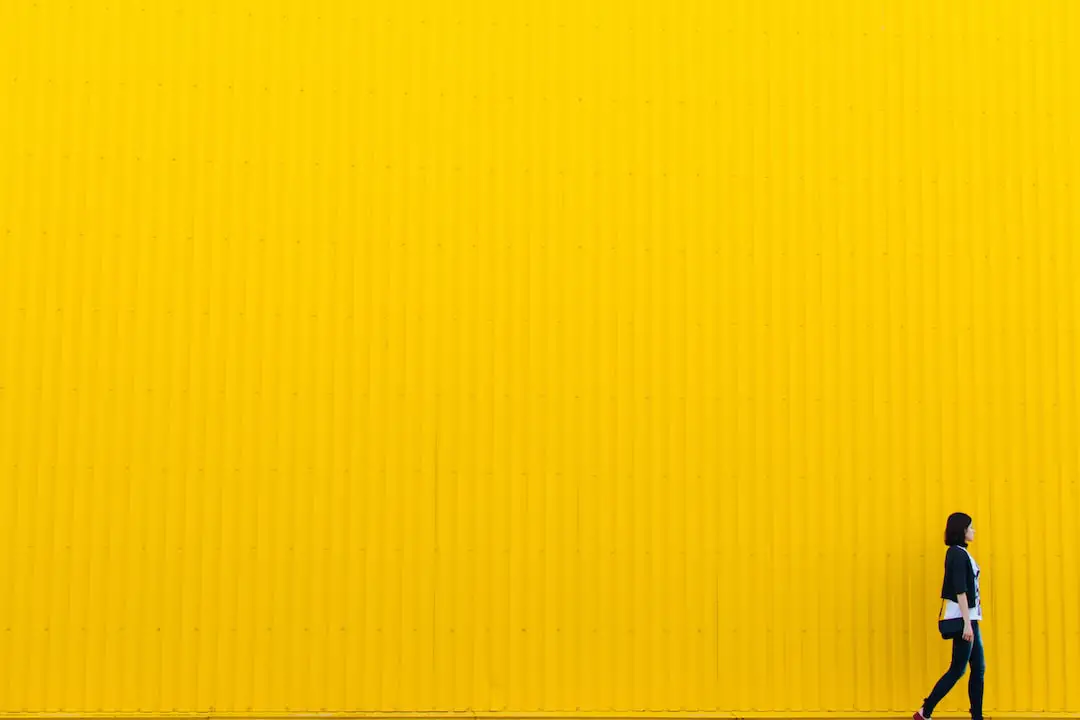
The Black-Necked Crane Information Centre is a conservation centre located in the Phobjikha Valley in Bhutan.
What to see or do: Learn about the black-necked crane and its migration to Bhutan from Tibet.
Don’t miss: The opportunity to witness the graceful black-necked cranes dancing during their mating ritual, which takes place from November to February.
Insider travel tips: Visit the centre early in the morning or late in the afternoon for the best chance to see the cranes in flight.
15. Simtokha Dzong
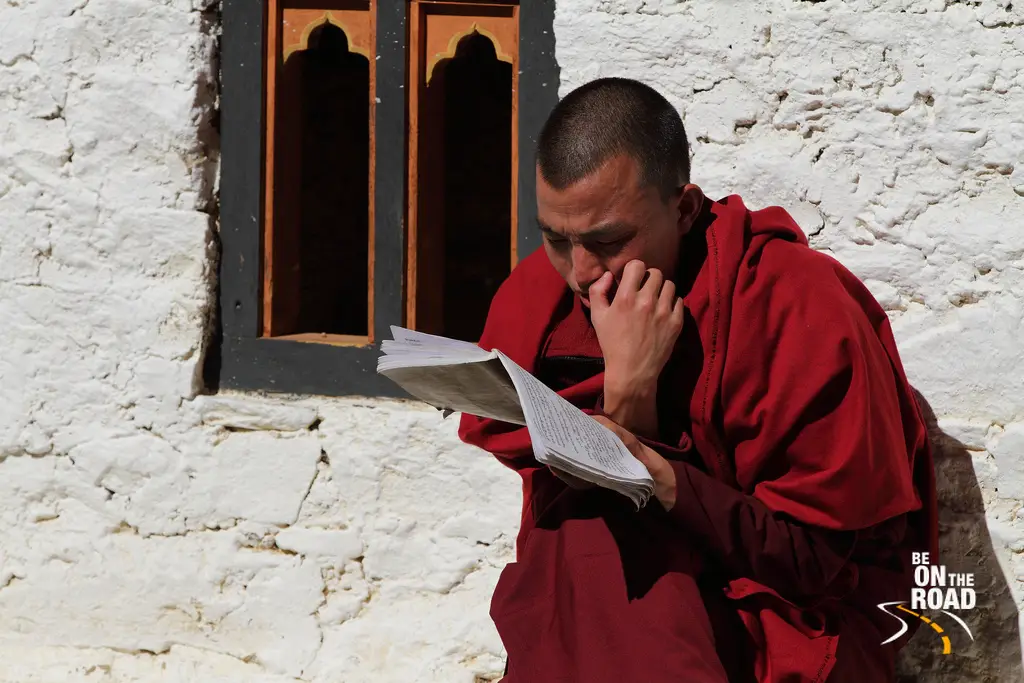
A dzong (fortress) located in Thimphu, Bhutan.
What to see or do: Visitors can explore the impressive architecture of the dzong, which serves as a Buddhist monastery and a government administrative building. The intricate carvings and ornate details of the building are not to be missed.
Don’t miss: The beautiful prayer wheels and peaceful courtyards located within the complex. The dzong also offers stunning views of the surrounding valley and mountains.
Insider travel tips: Visitors should dress modestly and remove their shoes before entering the dzong. Photography is permitted, but it is respectful to ask permission before taking photos of religious ceremonies or individuals.
16. Kichu Lhakang Temple
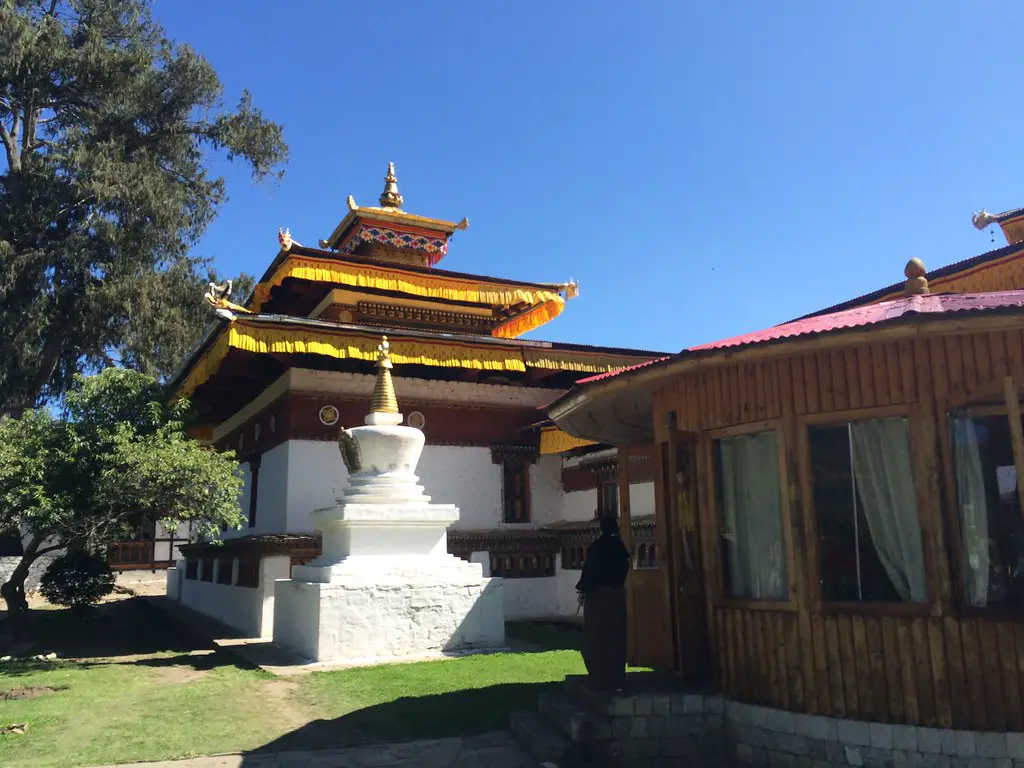
Kichu Lhakang Temple is an ancient Buddhist temple located in the Paro Valley of Bhutan.
What to see or do: Visit the temple to admire the intricate architecture and exquisite artwork, including the statue of Jowo Sakyamuni, believed to have been cast in the 7th century.
Take a stroll around the temple complex to soak in the peaceful atmosphere and enjoy the mesmerizing views of the surrounding mountains.
Don’t miss: Don’t miss the opportunity to see the three-story main temple, which is believed to have been built in the 7th century by the Tibetan emperor Songtsen Gampo.
Another must-see is the well-maintained courtyard surrounded by chortens and prayer wheels.
Insider travel tips: If you’re visiting during a festival, you can witness the monks performing traditional masked dances and other rituals. Make sure to wear appropriate clothing and remove your shoes before entering the temple.
Also, consider hiring a local guide to gain a deeper understanding of the temple’s history and significance.
17. Jambay Lhakhang Temple
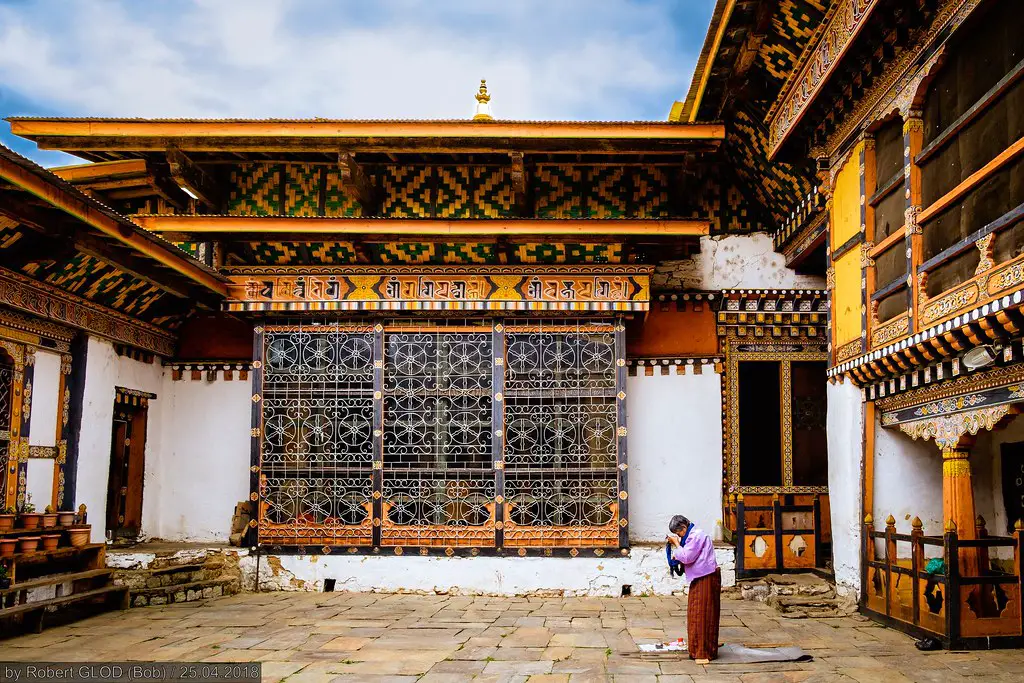
Jambay Lhakhang is a 7th-century temple located in Bumthang, Bhutan.
What to see or do: Visitors can admire the traditional Bhutanese architecture and intricate wood carvings inside the temple. The annual Jambay Lhakhang Drup festival, where masked dances are performed, is a must-see.
Don’t miss: The highlight of Jambay Lhakhang is the sacred Kurjey Lhakhang, where Guru Rinpoche is believed to have left his body imprints on a rock.
Also, don’t forget to spin the prayer wheels for good luck and blessings.
Insider travel tips: Visiting during the Jambay Lhakhang Drup festival is highly recommended, but be prepared for large crowds. Remember to dress modestly and remove your shoes before entering the temple.
18. Tamzhing Monastery
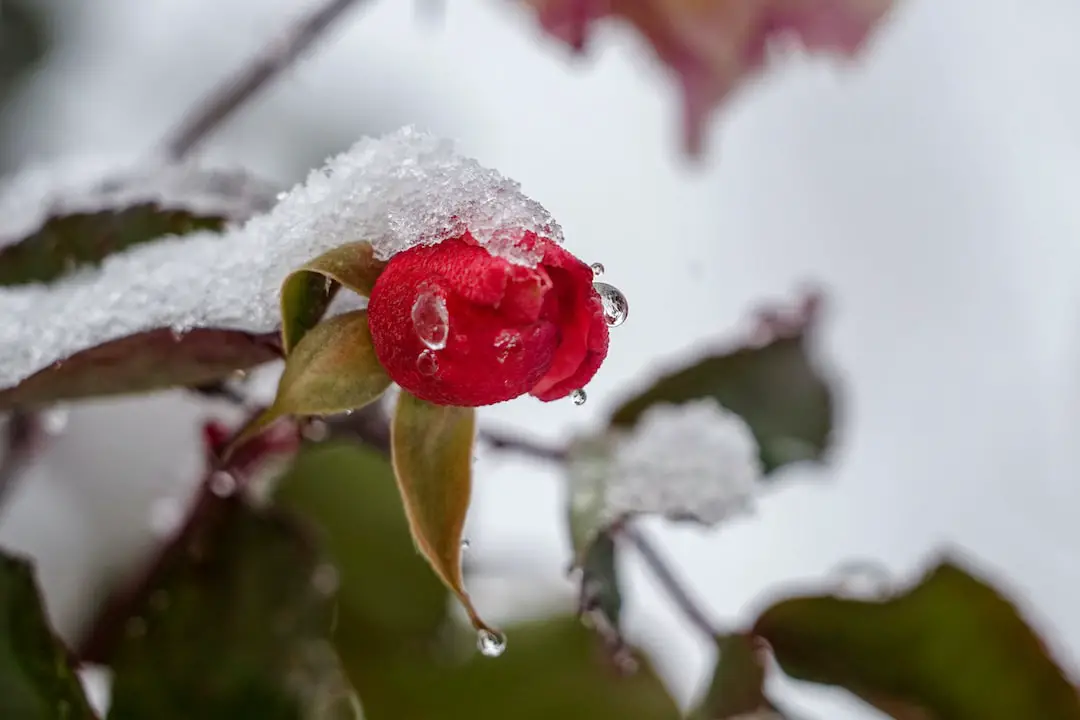
Tamzhing Monastery is a Buddhist monastery located in Bumthang valley, Bhutan.
What to see or do: Visitors can explore the beautifully decorated temples and witness the daily rituals of monks. The monastery is known for preserving the ancient Buddhist teachings and traditions of Bhutan.
Don’t miss: Do not miss the opportunity to participate in the daily meditation sessions with the monks and try out the traditional Bhutanese butter tea.
Insider travel tips: Visitors are required to dress modestly and remove their shoes while entering the temples. It is best to visit during the festivals when the monastery comes alive with vibrant colors and cultural performances.
19. Gangtey Nature Trail
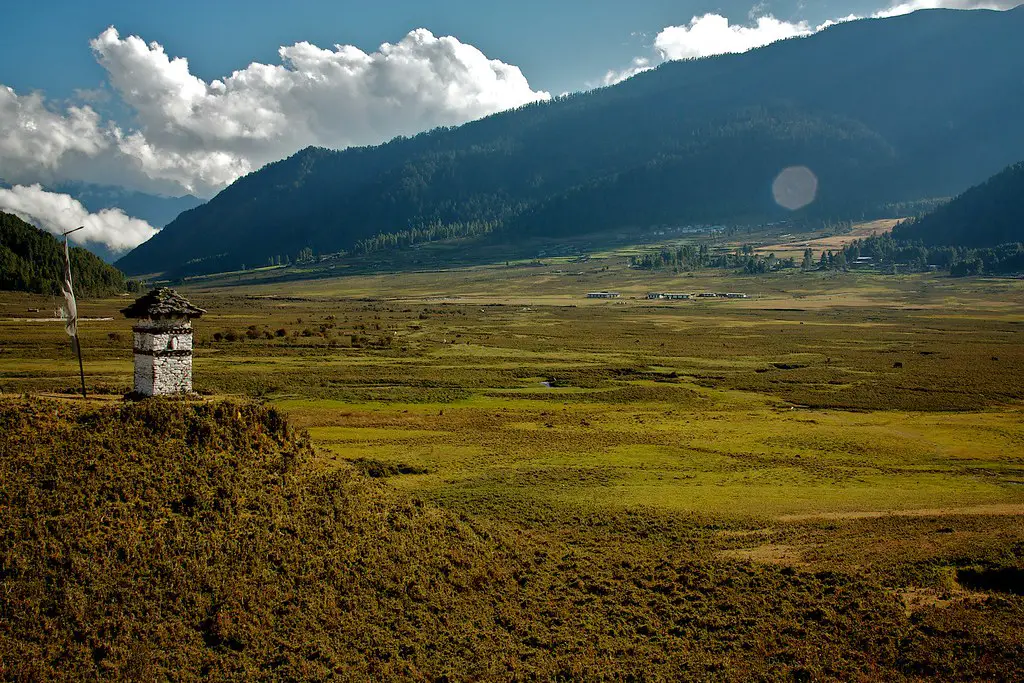
The Gangtey Nature Trail is a hiking trail that takes you through the stunning landscapes of the Phobjikha Valley in Bhutan.
What to see or do: During the hike, you’ll be able to see numerous species of birds and local wildlife. You’ll also get to experience the rural Bhutanese way of life as you pass through charming villages and farms.
Don’t miss: Don’t miss the opportunity to visit the Gangtey Monastery, a 17th-century Buddhist monastery that is one of the most important religious sites in Bhutan.
Insider travel tips: – The best time to visit the Gangtey Nature Trail is between October and March, when the valley is filled with wintering black-necked cranes.
20. Bumthang Cultural Trek
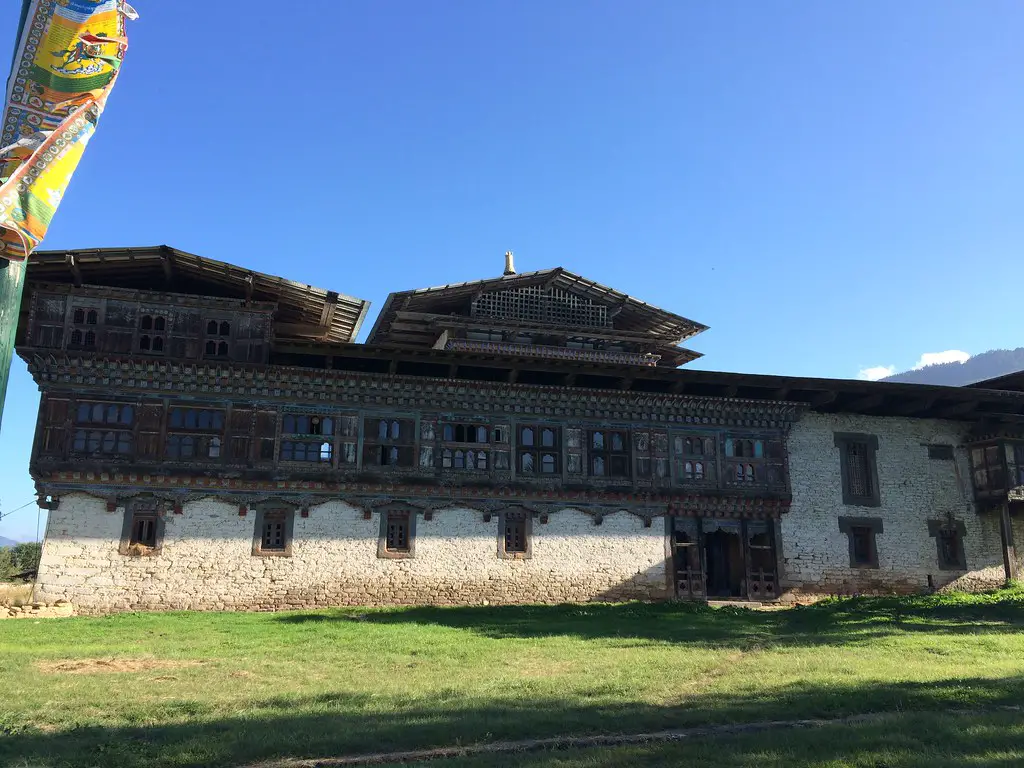
A 3-day trekking experience in Bumthang, Bhutan that takes you through scenic landscapes and introduces you to the rich cultural heritage of the region.
What to see or do: Experience traditional Bhutanese life by staying in homestays and interacting with locals. Visit monasteries, temples and sacred sites, including the famous Burning Lake and Jambay Lhakhang.
Witness stunning views of the Himalayas, forests, and valleys.
Don’t miss: The opportunity to try traditional Bhutanese food and drink, including butter tea and ara (local spirits). Make sure to attend the local festivals if your schedule allows.
Insider travel tips: Be prepared for variable weather conditions and bring appropriate clothing and equipment. It’s important to respect local customs and traditions, including dress codes and behavior around sacred sites.
Consider hiring a guide to enhance your understanding and appreciation of the culture and history of the region.
21. Royal Textile Academy of Bhutan
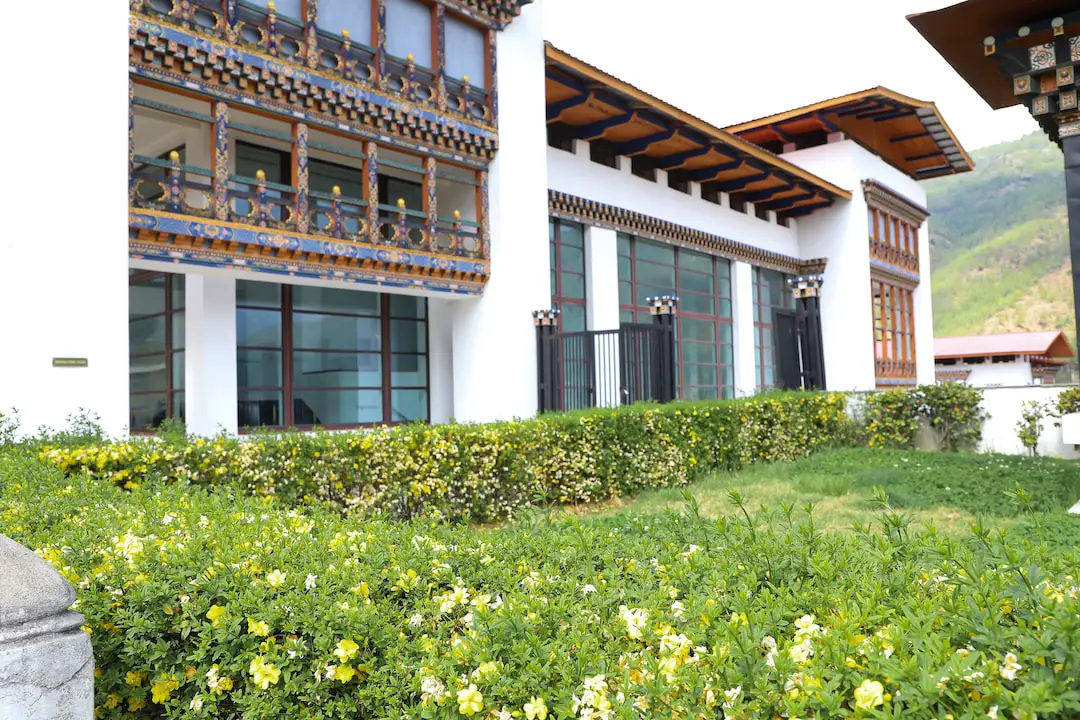
The Royal Textile Academy of Bhutan is a cultural institution that aims to preserve and promote the traditional textile arts of Bhutan.
What to see or do: Visitors can explore the exhibitions showcasing a range of textiles, from kiras and ghos (traditional garments) to intricate tapestries and delicate embroidery.
Guided tours are available, and visitors can also observe the weaving masters at work on traditional looms.
Don’t miss: The highlight of the Royal Textile Academy is the impressive collection of antique textiles, some of which date back to the 17th century.
Also, make sure to check out the shop, which sells a variety of textiles and handicrafts produced by local artisans.
Insider travel tips: – The academy also offers workshops and classes on weaving and dyeing for those who want to learn more about traditional Bhutanese textiles.
22. Haa Valley
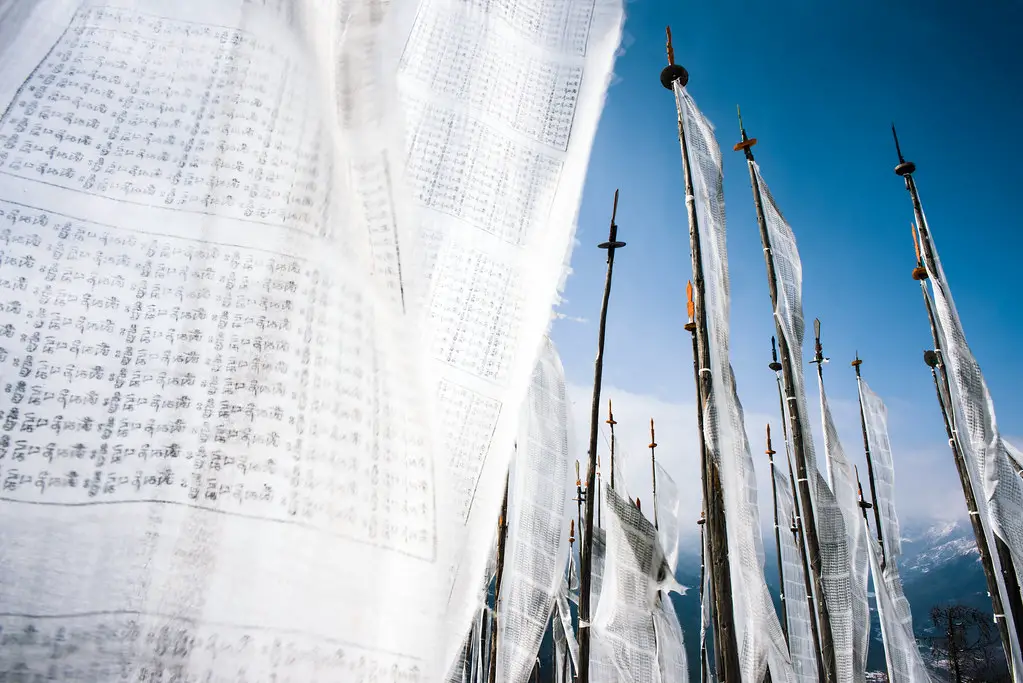
Haa Valley is a small and serene valley located in the western part of Bhutan.
What to see or do: Enjoy the scenic beauty of the valley and explore the local lifestyle. Visit the Lhakhang Karpo (White Temple) and Lhakhang Nagpo (Black Temple) to learn about Bhutanese Buddhism.
Trek to the nearby villages and experience the traditional rural lifestyle.
Don’t miss: The Haa Summer Festival, which is held annually in July. It’s a celebration of the valley’s culture, music, dance, and food.
Also, don’t miss the opportunity to try the local cuisine, which includes yak meat dishes and traditional butter tea.
Insider travel tips: Make sure to plan your visit during the summer months to enjoy the festival and pleasant weather. If you’re driving to the valley, be prepared for a steep and winding road.
Respect the local culture and traditions and dress modestly while visiting religious sites.
23. Trashigang Dzong
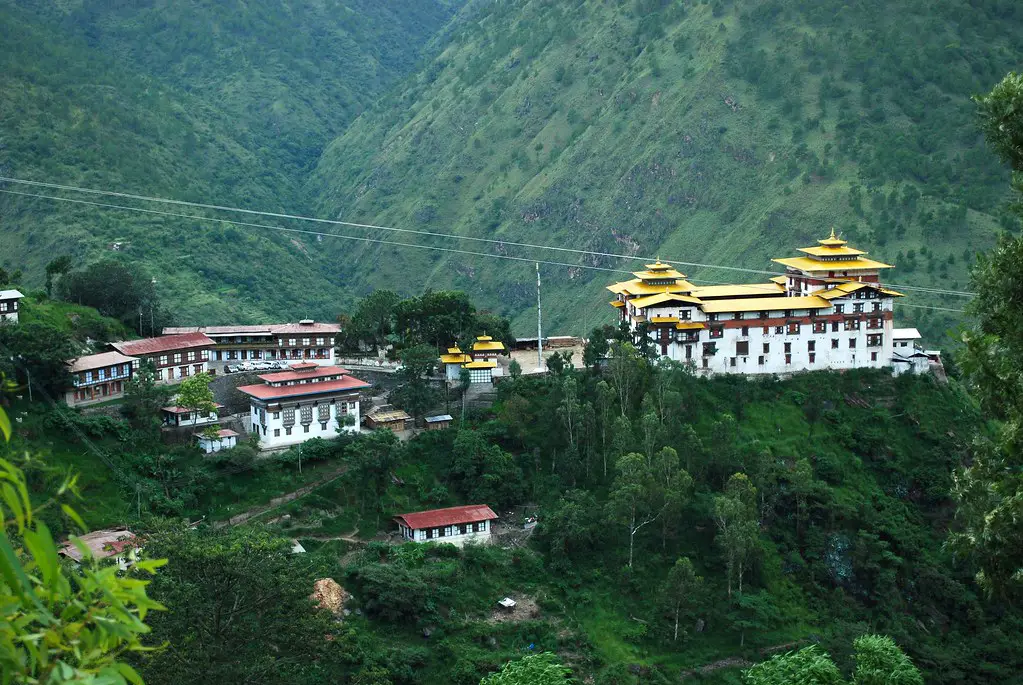
Trashigang Dzong is a fortress and Buddhist monastery located in Trashigang, Bhutan. Built in the 17th century, it serves as the administrative center for the district of Trashigang.
What to see or do: Visitors can explore the intricate architecture and design of the dzong, with its towering walls and ornate details. The dzong also houses a number of temples and shrines, making it a spiritual destination for many.
Don’t miss: A must-see attraction within the dzong is the Kanglung Jamba Lhakhang temple, which houses a statue of Guru Rinpoche and features intricate frescoes and carvings.
Insider travel tips: Visitors should dress modestly and remove their shoes before entering any of the temples or shrines within the dzong.
It’s also recommended to visit during one of the many festivals or events that take place at the dzong throughout the year, offering a glimpse into Bhutanese culture and tradition.
Finally, don’t forget to bring a camera to capture the stunning views of the surrounding mountains and valleys.
24. Lhuentse Dzong
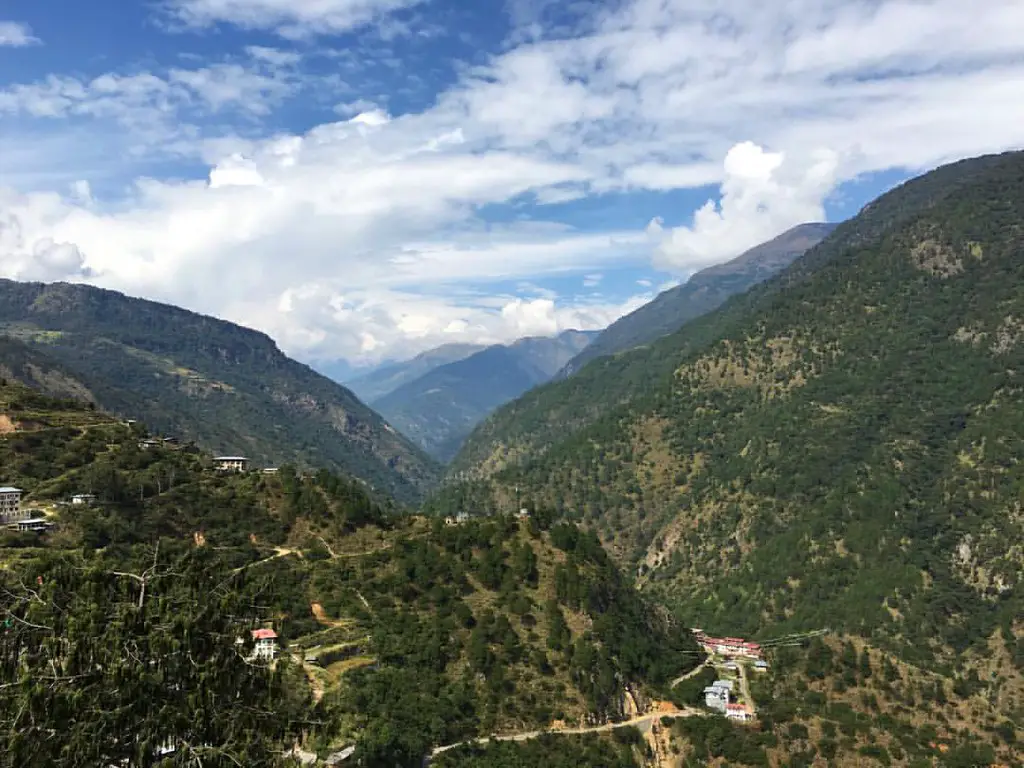
Lhuentse Dzong is a majestic fortress that sits on a hilltop overlooking the Kurichu River in eastern Bhutan.
What to see or do: Visitors can explore the intricate architecture and design of the dzong, which features beautifully painted wooden beams, ornate carvings, and a central courtyard that serves as a venue for traditional festivals and events.
The dzong also contains several temples and shrines that are open to visitors.
Don’t miss: The annual Lhuentse Tshechu festival, which takes place in the courtyard of the dzong and features colorful dances and performances by monks and local villagers.
The festival takes place in November or December and is a great opportunity to immerse yourself in Bhutanese culture.
Insider travel tips: Be sure to wear modest clothing that covers your shoulders and knees when visiting the dzong, as it is a sacred site.
Also, consider hiring a local guide who can provide insights into the history and significance of the dzong, as well as help you navigate the winding roads leading up to it.
25. Tang Valley
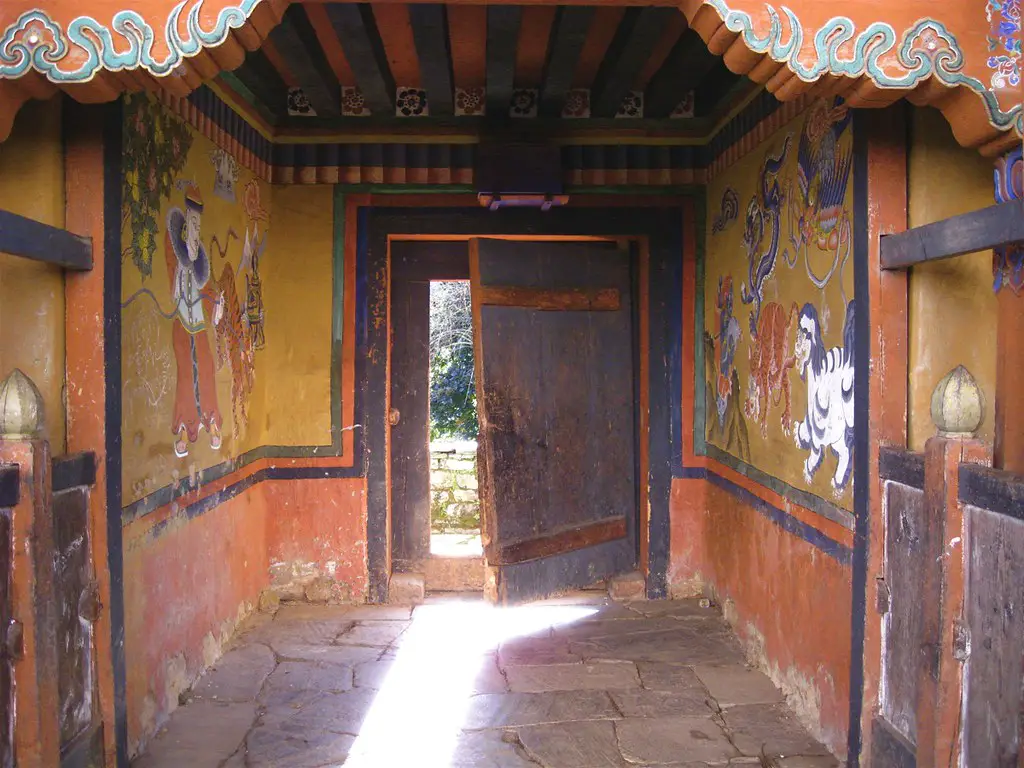
A scenic valley in Bumthang, Bhutan, known for its cultural and historical significance.
What to see or do: Visit the numerous ancient temples and monasteries such as the Mebar Tsho (Burning Lake), Kurje Lhakhang, Tamshing Lhakhang, and Jakar Dzong.
Take a stroll along the picturesque valley and enjoy the stunning landscapes of mountains, forests, and clear streams.
Don’t miss: Witness the traditional Tangbi Mani festival held annually in the fall, where locals perform lively masked dances, music, and religious rituals.
Insider travel tips: Dress modestly when visiting temples and monasteries and remove your shoes before entering. Try the local delicacies like red rice, buckwheat pancakes, and yak meat dishes.
Plan your trip during the peak season from September to November for the best weather and festival experience.
26. Ura Valley
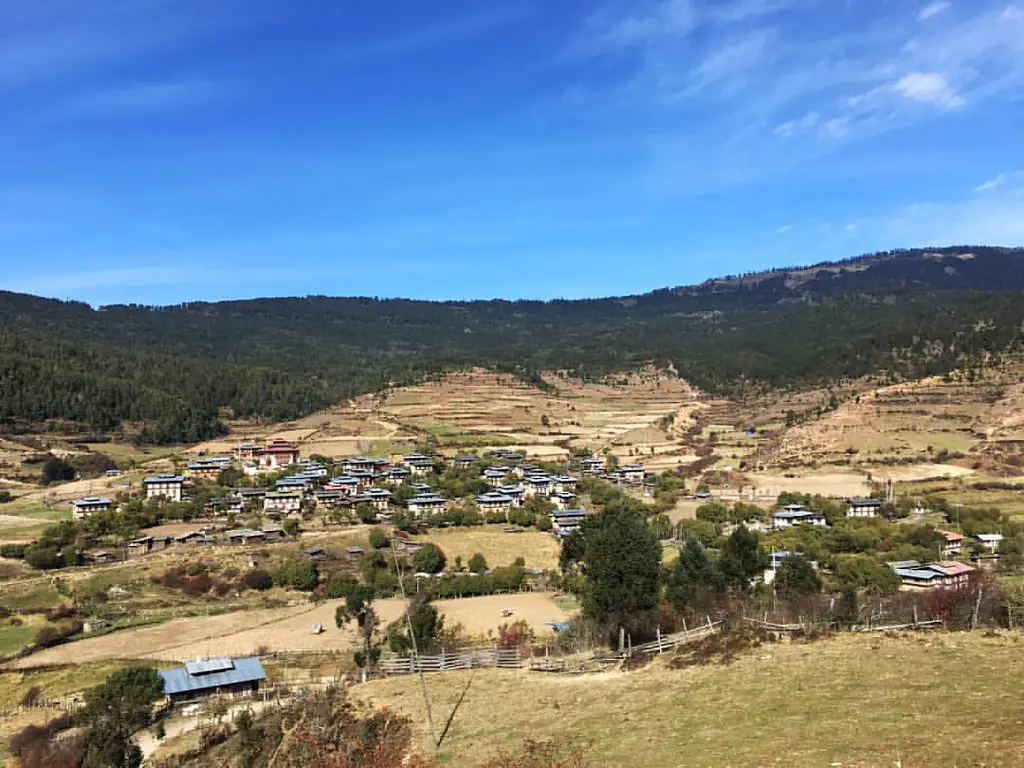
Ura Valley is a picturesque valley in Bumthang district of Bhutan, known for its stunning natural beauty and traditional architecture.
What to see or do: – Take a leisurely stroll through the valley, admiring the traditional Bhutanese houses and the lush greenery.
Don’t miss: – The annual Ura Yakchoe festival, held in May, where locals gather to witness the unveiling of a sacred relic.
Insider travel tips: – Visit the valley in winter to experience the annual snow leopard festival.
27. Mongar Dzong
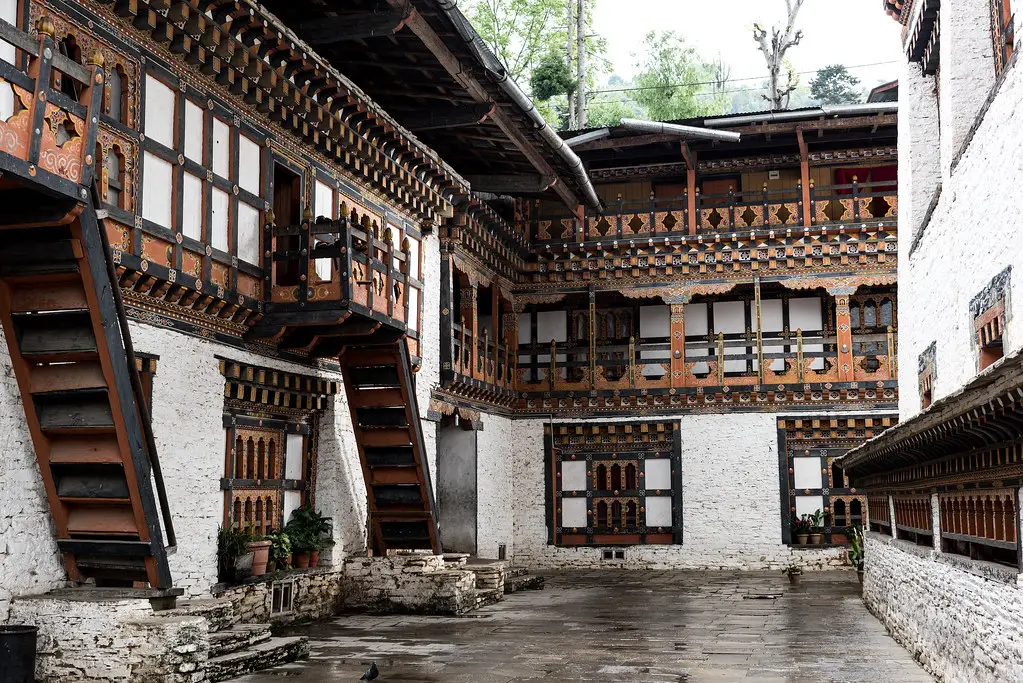
Mongar Dzong is a fortress-monastery located in the town of Mongar in eastern Bhutan.
What to see or do: Visitors can explore the impressive architecture of the dzong, which features intricate woodwork and impressive stone carvings. The dzong also houses important relics and religious artifacts, and visitors can observe traditional Bhutanese religious ceremonies.
Don’t miss: Don’t miss the opportunity to take in the stunning views of the surrounding mountains and valleys from the dzong’s vantage point.
Insider travel tips: Bring comfortable shoes, as there are steep stairs to climb to reach the dzong. Visitors should also dress respectfully, covering their shoulders and knees.
28. Chendebji Chorten
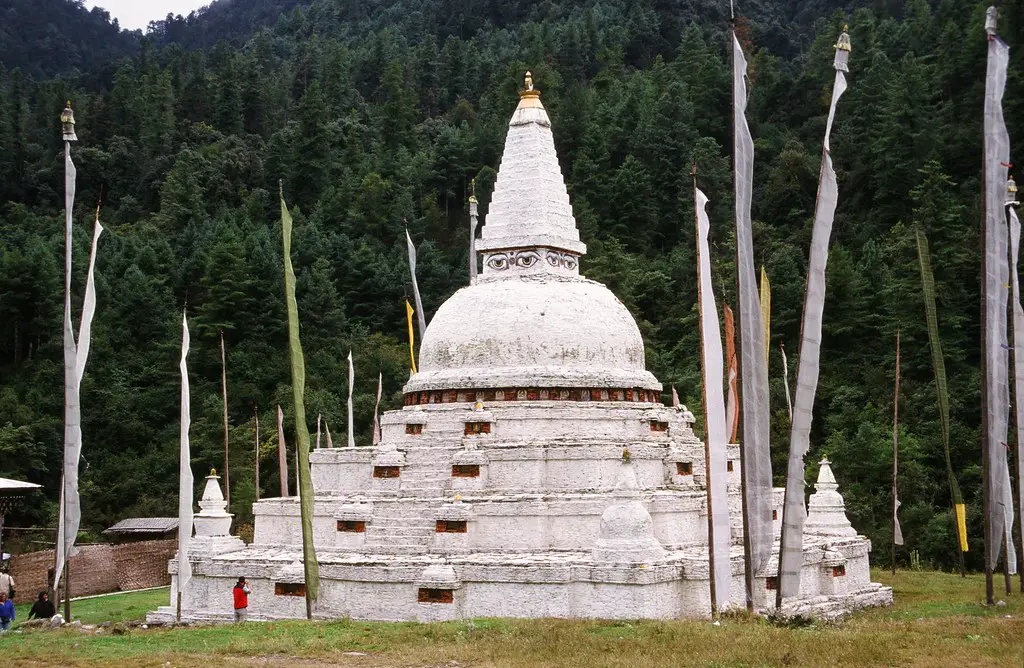
Chendebji Chorten is a prominent Buddhist monument located in Bhutan.
What to see or do: Visitors can admire the stunning round stupa structure adorned with a central prayer wheel and eye-catching paintings and carvings. The surrounding verdant forest and serene atmosphere provide a perfect setting for meditation and relaxation.
Don’t miss: Don’t miss the opportunity to spin the prayer wheels while reciting the Buddhist mantras. It’s believed that spinning the prayer wheel brings good luck, blessings, and purifies negative karma.
Insider travel tips: Visitors should be respectful and dress modestly, covering their knees and shoulders, while visiting the Chorten.
Plan your visit early in the morning or late afternoon to avoid the crowds and to experience the serenity of the place.
Hiring a local guide will provide insights into the history, culture, and significance of the Chorten.
Additionally, it’s recommended to bring a warm jacket or shawl as the weather can be chilly even in the summer months.
💪 Support independent web, support us:
